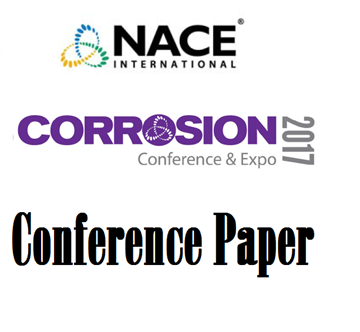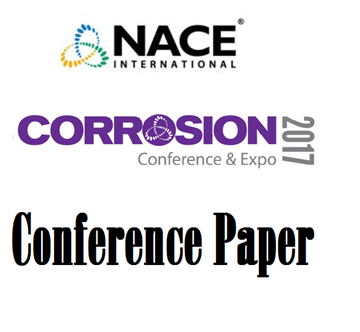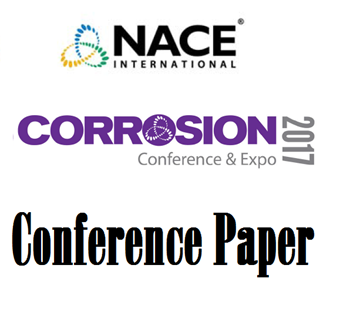Search
51317--9676-Temperature Sensitivity of the Corrosion Performance of 316L in Concentrated Sweet Brines
Also Purchased
51317--9645-Sulfide Stress Cracking (SSC) Resistance of AISI 420 Modified (13Cr) Martensitic Stainless Steel Bar
Product Number:
51317--9645-SG
ISBN:
9645 2017 CP
Publication Date:
2017
$20.00
51317--9690-Effect on Corrosion Behavior of the Heat Treatment Temperature of 30408 Stainless Steel
Product Number:
51317--9690-SG
ISBN:
9690 2017 CP
Publication Date:
2017
$20.00
51317--9639-The Performance of Corrosion Resistant Ni-Cr-Mo Alloys in Concentrated Hydrochloric Acid
Product Number:
51317--9639-SG
ISBN:
9639 2017 CP
Publication Date:
2017
$20.00




